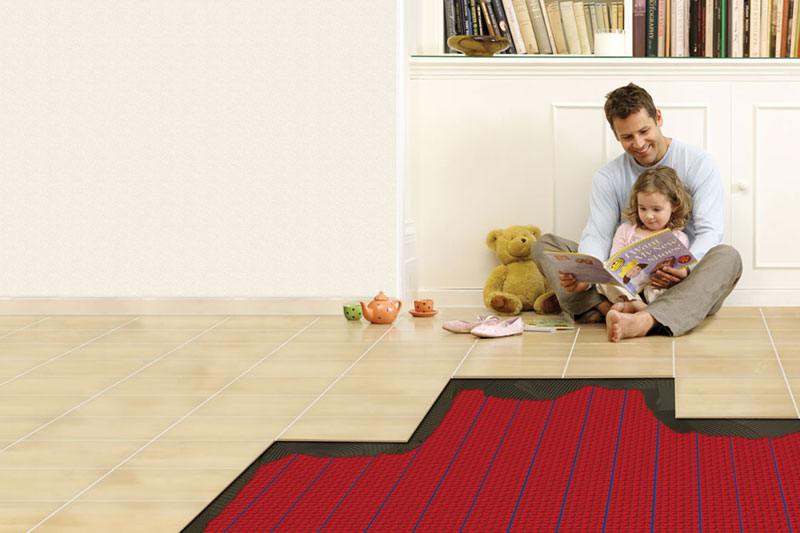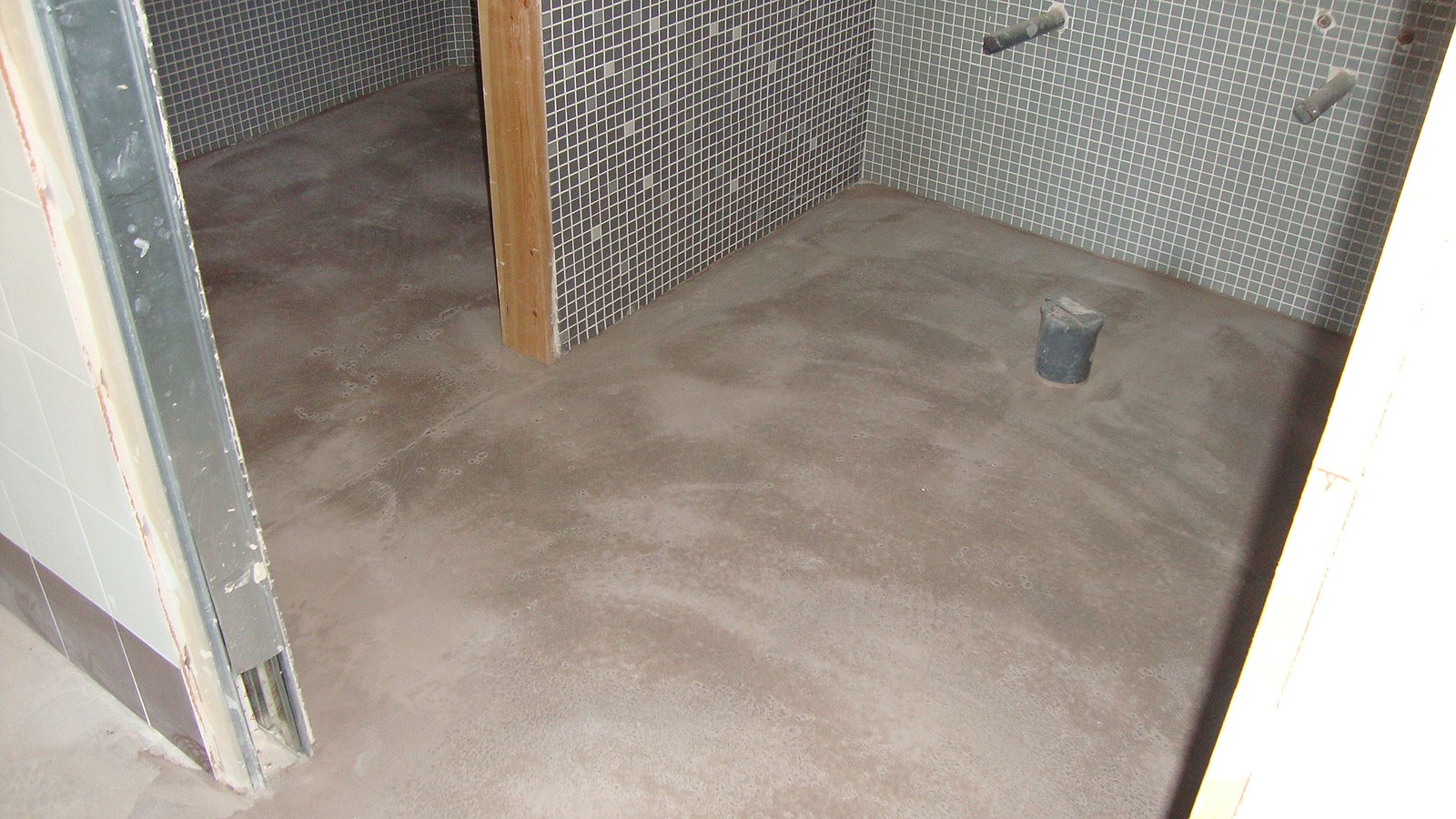Whether your basement is a beautifully finished man-cave or a storage space where you keep your holiday decorations, you may notice a Christmas chill every time you walk down the stairs. Why are basements so cold when the rest of your house is so cozy and warm?

The reality is that there can be a variety of factors that contribute to your chilly basement. Fortunately, there are several ways to keep Jack Frost out.
Why Are Basements Cold?
There can be a multitude of reasons why basements are cold, including a lack of insulation, ventilation issues, and moisture; sometimes, it can be all three.
In order to remedy your cold basement, you first have to diagnose the problem.
Lack of Insulation
Lack of insulation is one of the most common reasons basements are cold.
As with any area in your house, a lack of insulation can result in drastically lower temperatures, and your basement is no different.
If your unfinished basement has bare concrete walls, you can be certain it is not insulated. What if your basement is finished? How can you tell if it has been insulated or not?
- Is it cold to the touch? If so, there is a good chance that your walls are not adequately insulated.
- Using a thermal imaging camera or an infrared thermometer can show the coldest areas in a room. If your walls show substantially colder temperatures, they may not be insulated.
- Carefully remove outlet covers or switch plates. Look around the outer edges of the electrical box; you should see the pink fluff of fiberglass insulation in an insulated wall.
Ventilation Issues
Many basements are built with ventilation to prevent moisture-related mold and mildew growth; unfortunately, this practice can often contribute to why basements are cold.
During the cold winter months, basement vents allow frigid air to enter your home, which can drastically reduce the temperature.
Moisture
Moisture can make your home feel cold and damp, and your basement can be a notoriously wet area.
Your basement stays significantly cooler than the outside air temperature during the summertime. As the warm summer air penetrates your basement through air leaks, vents, and other gaps in your home and meets the cool air of your basement, condensation can form. This type of condensation is a common contributor to why basements are cold.
Tips To Heat Your Basement
Once you determine why your basement is cold, you can take the appropriate measures to fix the situation.
Add Insulation
If your basement is cold because it lacks insulation, the obvious solution is to add insulation. However, while this sounds like a straightforward solution, it can be easier said than done.

To insulate an unfinished basement, you need to either glue moisture-resistant insulation like EPS or XPS to the concrete walls or finish your basement by framing walls, filling them with insulation, and finishing them with sheetrock.
If your basement is already finished but lacks insulation, you have the unfortunate task of removing the drywall, adding insulation, and then refinishing your wall.
Improve Ventilation
Improper ventilation is often why basements are cold; if this is true of your basement, then it’s time to improve the ventilation.
If your basement has simple, open-air grates that serve as your ventilation system, upgrading to a more sophisticated ventilation system may help you keep your basement fresh, dry, and warm.
Want to close off your open-air vents but worried about mold and mildew? Consider buying a dehumidifier to keep your basement mold-free.
Seal Any Airleaks
Cold air infiltrating your basement is one of the most common reasons why basements are cold. By sealing off pesky air leaks, you can help keep your basement cozy and warm all year long.
Expanding foam spray insulation, caulking, and other crack-filling products are a great way to seal your basement up tight.
Common places to find air leaks are around doors, windows, and trim.
Add Radiant Floor Heating
Unlike the rest of your home, your basement may not be heated, which can be why it’s so cold. Adding a heat source into your basement is a great way to heat it, and one of the most basement-friendly ways to add heat is with electric radiant floor heat.

You can easily install electric radiant floor heating systems on top of concrete, and they are compatible with all types of flooring. Unlike baseboard heat or forced hot air, electric radiant floor heating does not require installing boilers or bulky ducts; a heating mat and a thermostat are all it takes.
Additionally, while traditional heating systems like forced hot air can only effectively heat a small portion of your room, electric radiant floor heating can evenly heat your entire basement.
Discover the Best Way to Heat Your Basement with Warmup
For over twenty-five years, Warmup has been developing innovative and energy-efficient heating solutions for your home and office.
From the cutting-edge 6iE Smart WiFi Thermostat to the revolutionary DCM-PRO heating system, Warmup has everything you need to keep your basement toasty warm all year long.

Need heating solutions for the outside of your house too? Don’t worry; Warmup has you covered. From roof deicing to heated driveways, Warmup has everything you need to keep your home and family safe and sound this winter.
Start your project by finding a Warmup retailer near you, or get instant online pricing and discover why Warmup is the world’s best-selling floor heating brand.


